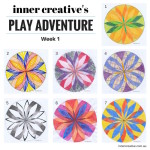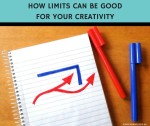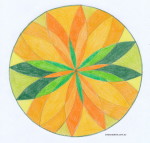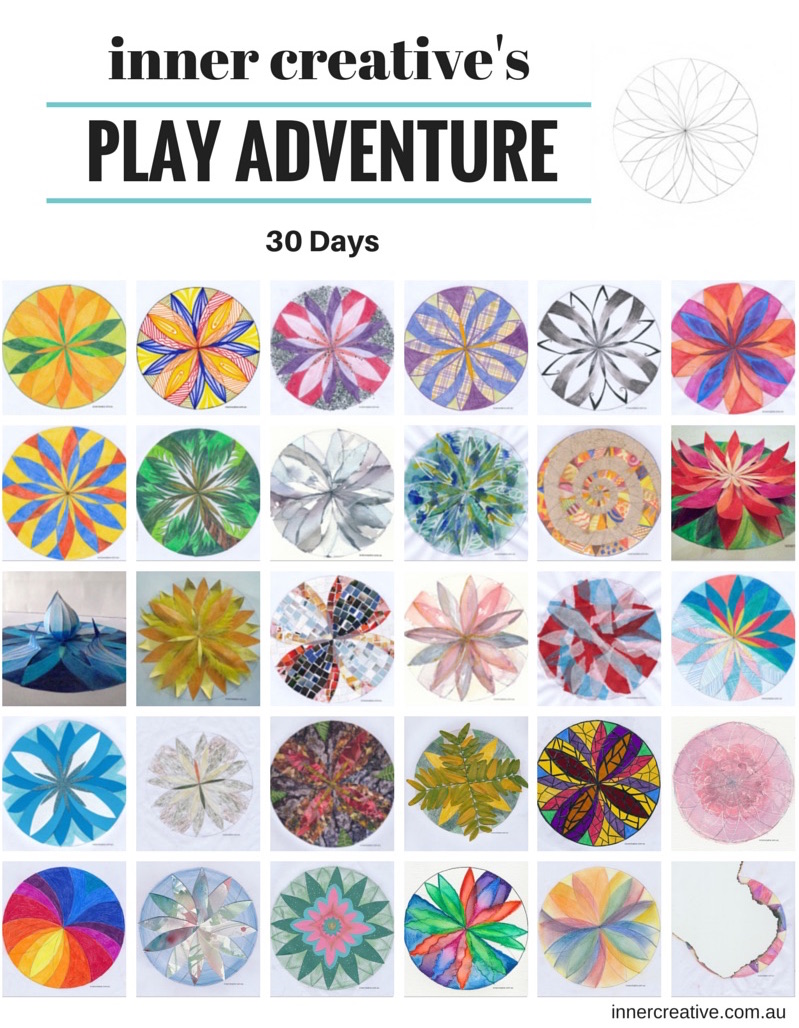
So the 30 day mandala Play Adventure has come to an end. It has been challenging but it was definitely worth it. It’s been so rewarding, and I had so much fun! And I think that keeping a playful mindset was definitely a contributing factor.
At the start I wasn’t quite sure that I’d be able to colour the same mandala colouring page in 30 different ways. But I dived in to see where the adventure would take me. I ended up finishing with so many ideas still left inside of me. Who knows? I might have been able to create another 30 mandalas, or even more?
This unexpected flow of ideas has got me thinking about how we sometimes impose limits on our creativity through scarcity thinking. We can falsely hold onto our ideas, worried that if we use them (or share them) that there’ll be nothing left.
But our first ideas might not even be the best ones. In InGenius, Tina Seelig writes that people often fall into the trap of going with the first solution they find, rather than taking the time to work a little harder to come up with a more innovative response. (She refers to Tim Hurson’s ‘3rd third’ concept from Think Better to explain this further.) It’s as if our ideas come in waves or sets. The first set of ideas are pretty obvious (and if you want a quick fix then this might be fine). However, if you dig a bit deeper then you get a more interesting set of ideas. As you continue to push the boundaries and test the limits of your assumptions and what’s possible, then you’ll get progressively more innovative sets or waves of ideas (which may result in a more effective and/or far-reaching solution). For this reason, Seelig asks participants in brainstorming sessions to share their worst ideas up front. This way participants turn off their judgment and open their minds to lots more possibilities than if they only shared their initial, and most likely to be obvious, response to the issue.
You can see how this concept of idea waves plays out over the 30 days of my Mandala Play Adventure. For instance, I couldn’t have created the 3D lotus mandala from Day 12 on the first day.
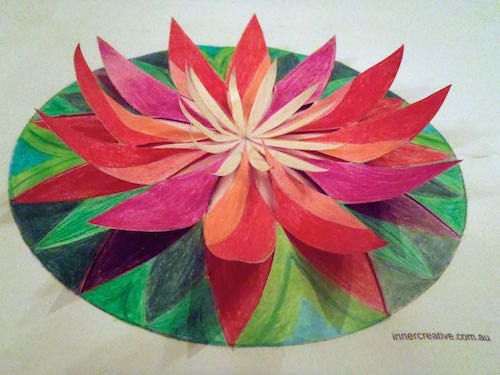
As I wrote in my previous blog about inspiration, our ideas are not created in isolation from one another. So I prefer to think that by using or creating something from our one idea that we plant a seed for another idea to follow.
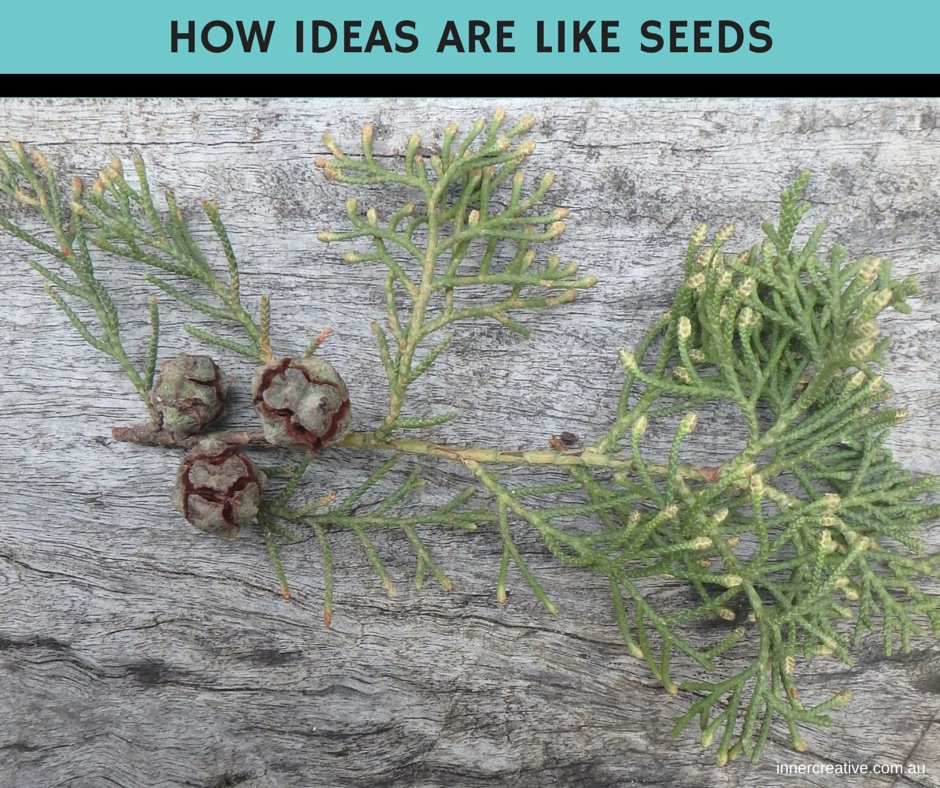
Oscar Wilde sums it up best with “You can’t use up creativity. The more you use the more you have.”
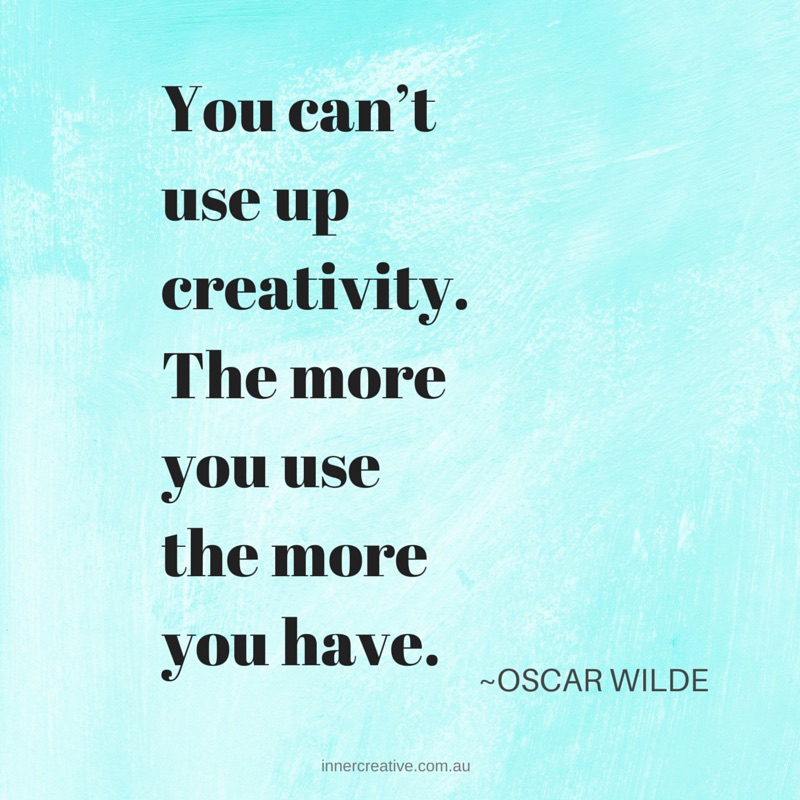
If I use the mandala I created on Day 26 as an example.
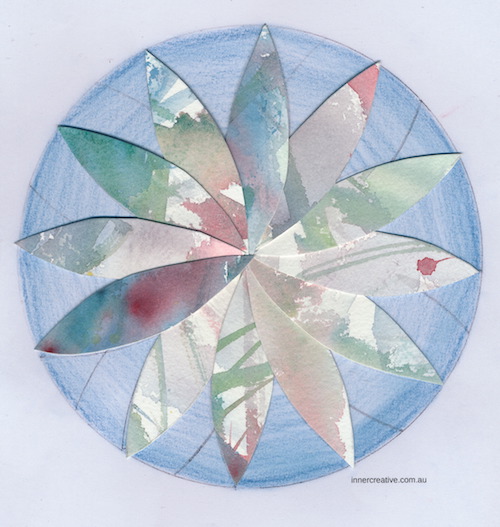
While I was painting the mandalas on Days 9, 10, 16 and 24, I created a scrap piece of watercolour paper to test out my paint colours.
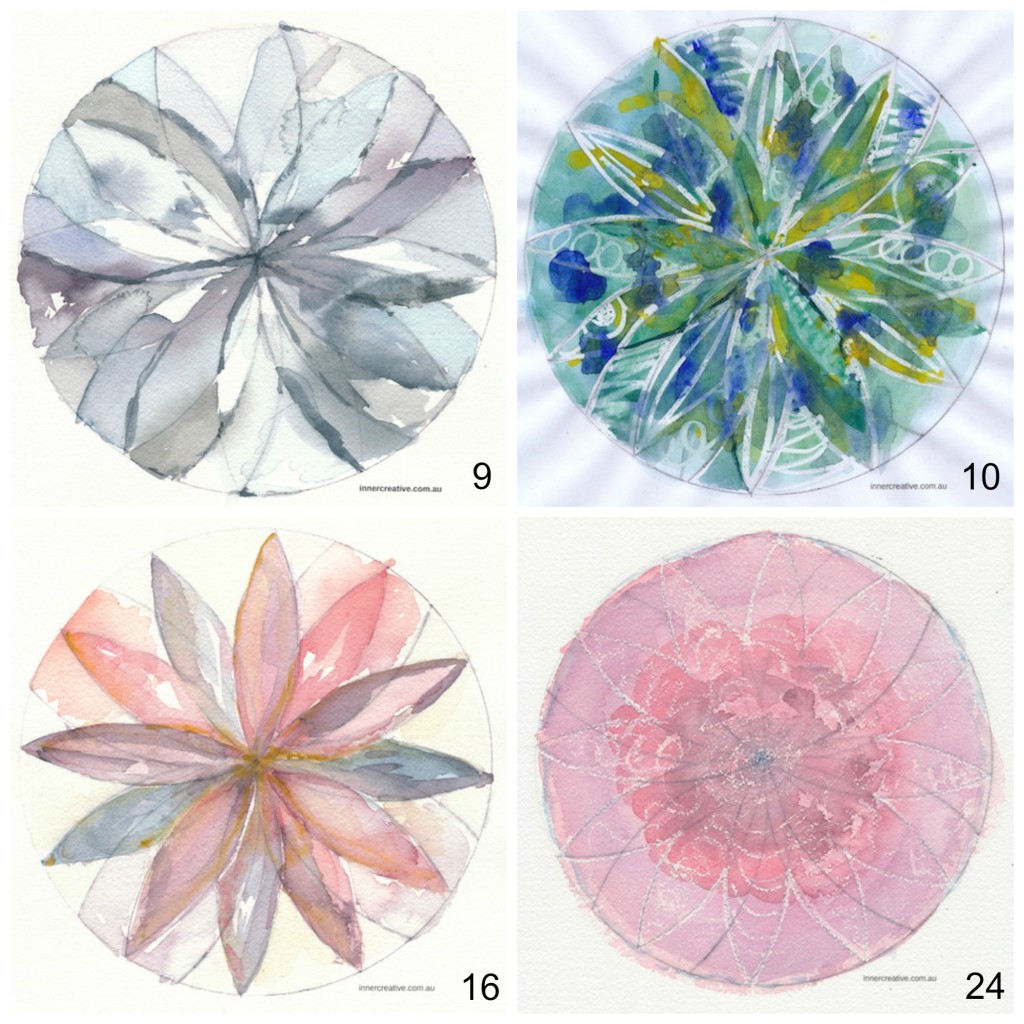
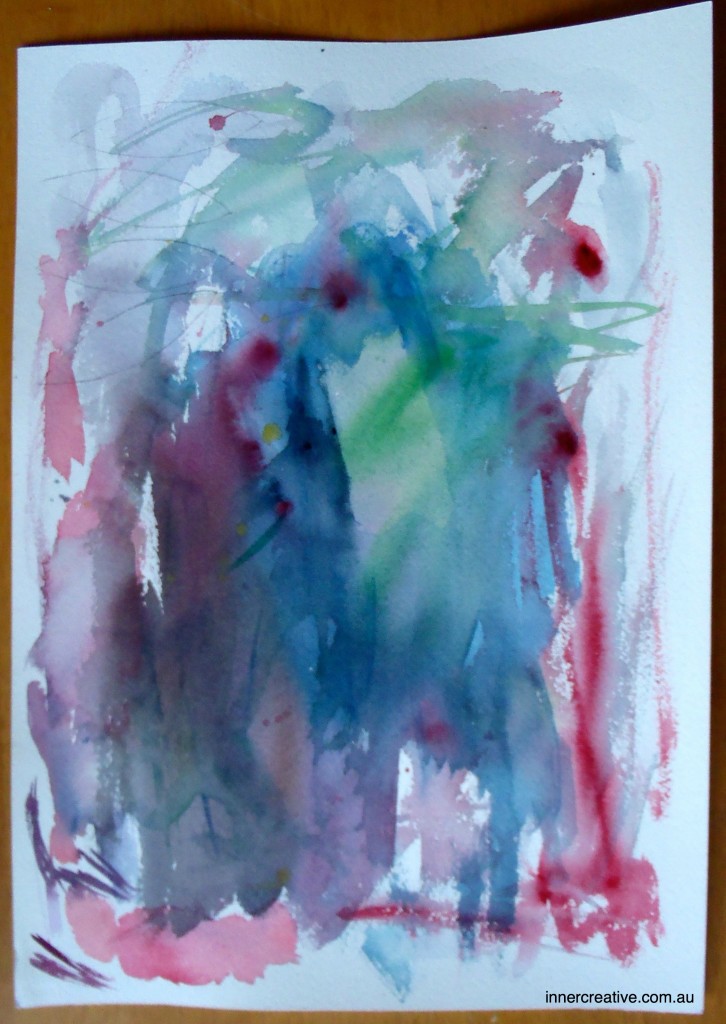
I first developed the idea of cutting out shapes to stick back onto the mandala pattern underneath as I was creating the mandalas on days 17, 19 and then 21. However, it was back on day 4 that I had the initial idea of cutting things to create a mandala (and not just colouring it in).
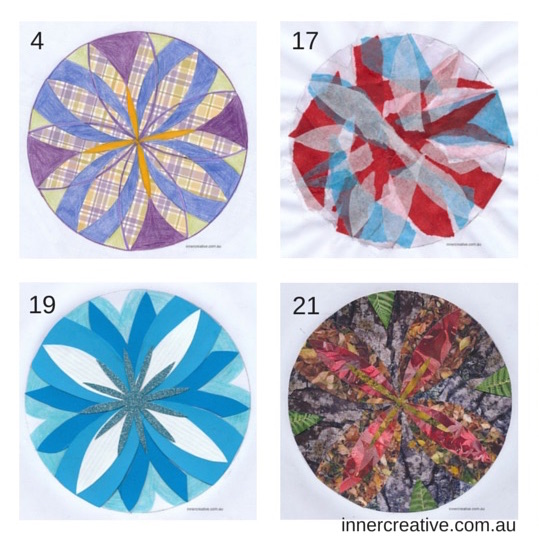
On Day 26, I thought that it would be fun to create a mandala collage out of the watercolour tester paper. And so the idea of Day 26’s mandala was born.
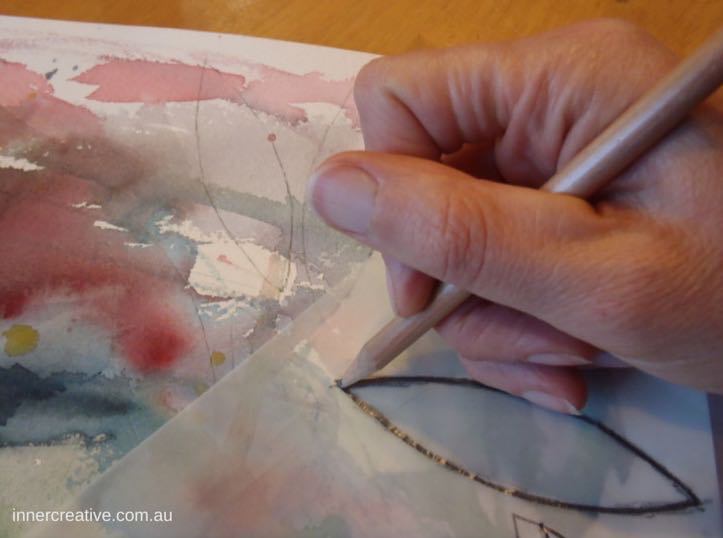
Incidentally, the mandala from Day 26 then planted the seeds for the mandalas that were created on Days 27 and 29. I used a blue watercolour pencil to create the mandala’s background. But I also tried the collage pieces with green and yellow backgrounds, which were then used as the backgrounds for the mandalas created on Days 27 and 29 respectively.
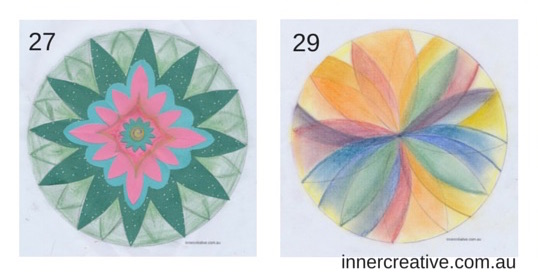
It took at least 8 ‘idea seeds’ to create that one mandala on day 26. There was no way knowing back at Day 4 that I would create that future mandala on day 26 (and all of the mandalas in between). But in order to create that Day 26 mandala I had to have gone through the process of developing all of the previous days’ mandalas.
The tricky thing about the concept of an idea seed is that you might not get a linear progression in your thinking. But all of the ideas build on one another in some way; even if it is to signal that you’ve reached the limit of thinking in one way so you can either start with something fresh or pick up an earlier thread to develop further.
So don’t worry about running out of ideas. There are always plenty of ideas and possibilities to come. You just need to sow some idea seeds to see how they can be developed. That’s why it’s so important to use your ideas – create something with them, test them, expand on them, talk about them, share them. Because if you just leave your idea seeds idle without acting on them, there’s a good chance that they’ll go to waste.
And that’s why the biggest takeaway that I’ve had from this play adventure is the importance of doing something regularly – building a creative practice – but that’s another blog…
Can you remember a time when you persisted beyond finding an obvious solution to come up with something even more creative?
Can you trace a creative project back to another ‘idea seed’?


